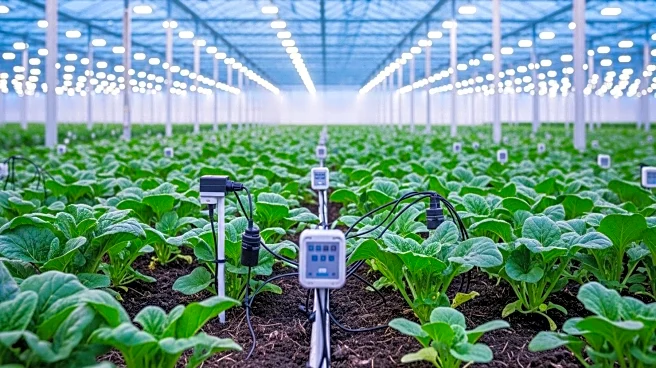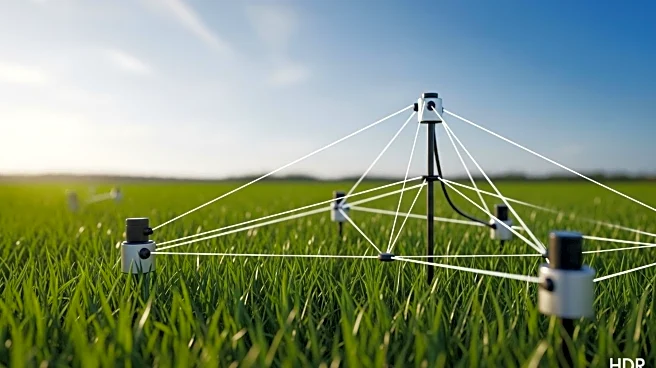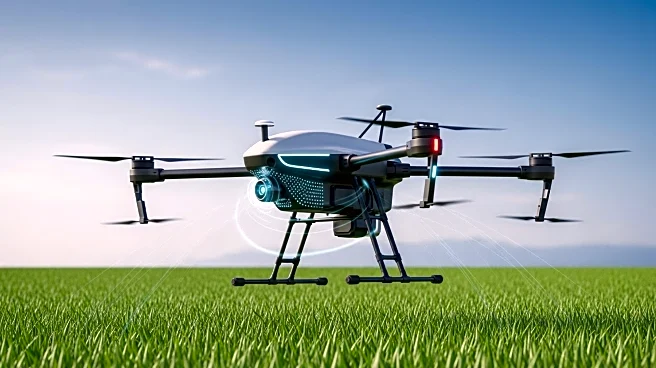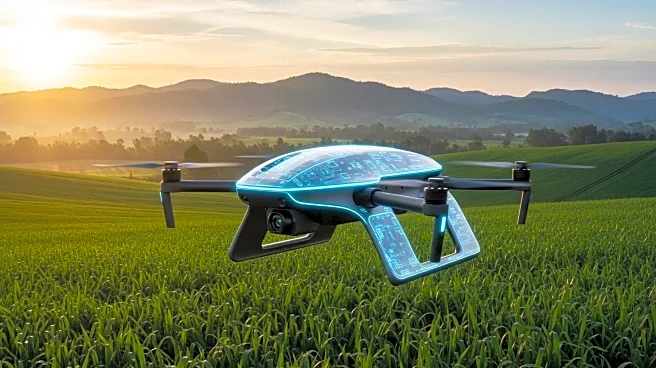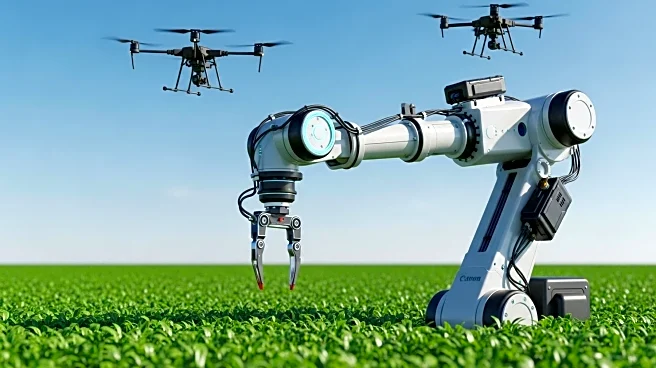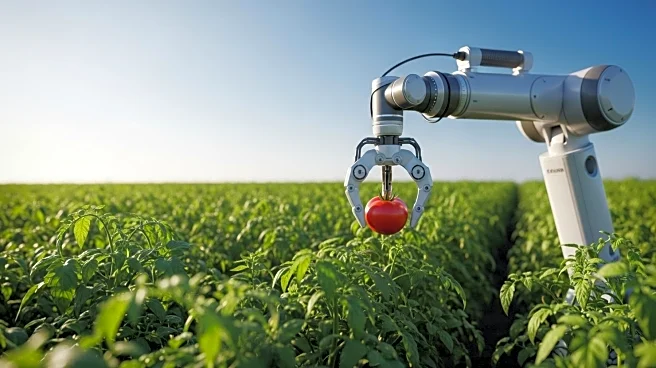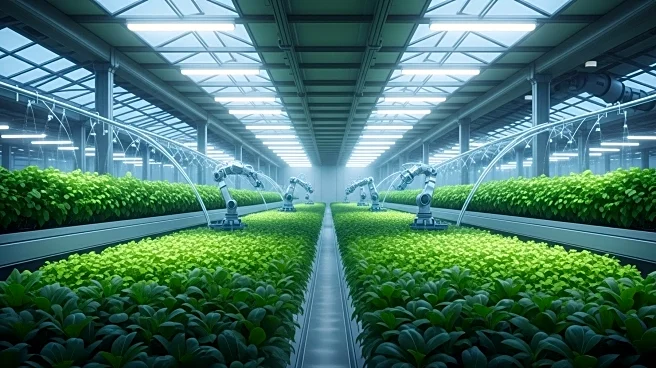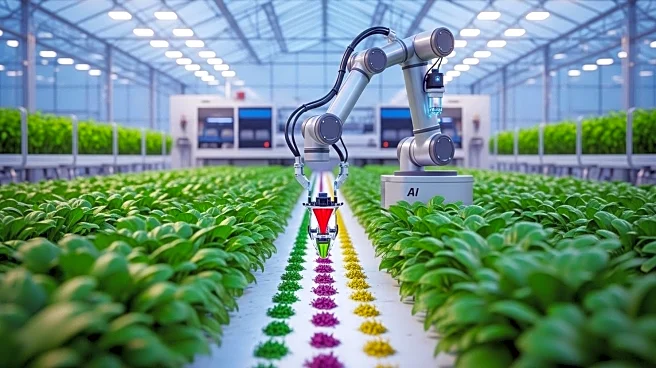What's Happening?
Datacasting technology is emerging as a transformative force in agriculture, particularly by 2025, enabling real-time data access in remote and rural areas. This technology leverages terrestrial radio and TV broadcast signals to deliver vital agricultural information, such as weather updates, pest alerts, and market trends, without relying on internet connectivity. The global datacasting agriculture market is projected to exceed $350 million by 2025, with more than 60% of smart farms expected to adopt these technologies for real-time data exchange. Datacasting supports precision agriculture by optimizing farm inputs based on real-time environmental and agronomic data, thus driving profitability and sustainability. It democratizes information delivery, making it accessible to smallholder and marginalized farmers, and is being utilized by public and private agencies to disseminate agronomic advice and emergency alerts.
Why It's Important?
The adoption of datacasting technology in agriculture is significant as it addresses the digital divide, particularly in rural areas with limited internet access. By providing real-time data through existing broadcast infrastructure, datacasting enhances decision-making and resource management, leading to increased agricultural yield and productivity. This technology empowers smallholder farmers and large-scale farms alike, promoting inclusive digital transformation in farming. It supports sustainability goals by optimizing resource use and reducing waste, thus contributing to environmental conservation. The widespread adoption of datacasting is expected to drive growth in the agricultural technology market, fostering innovation and resilience against climate risks and market volatility.
What's Next?
As datacasting technology continues to evolve, its integration with IoT and automation is expected to enhance precision agriculture further. The next wave of innovation may include two-way datacasting, allowing farms to send back critical data for analytics and AI-powered recommendations. This advancement could lead to more personalized and efficient farming practices. Additionally, efforts to standardize devices and data formatting across the industry will be crucial for seamless interoperability. The expansion of datacasting technology is likely to fuel inclusive prosperity in both mature and emerging agricultural economies, supporting rural resilience and sustainability.
Beyond the Headlines
Datacasting technology not only bridges the digital divide but also represents a shift towards more equitable access to agricultural intelligence. By reducing digital exclusion, it empowers technologically disadvantaged farmers, fostering a more inclusive agricultural landscape. The ethical dimension of this technology lies in its potential to democratize access to information, thus leveling the playing field for farmers in underserved regions. As datacasting matures, it may also contribute to global efforts in combating climate change by enhancing resource tracking and carbon footprinting.

